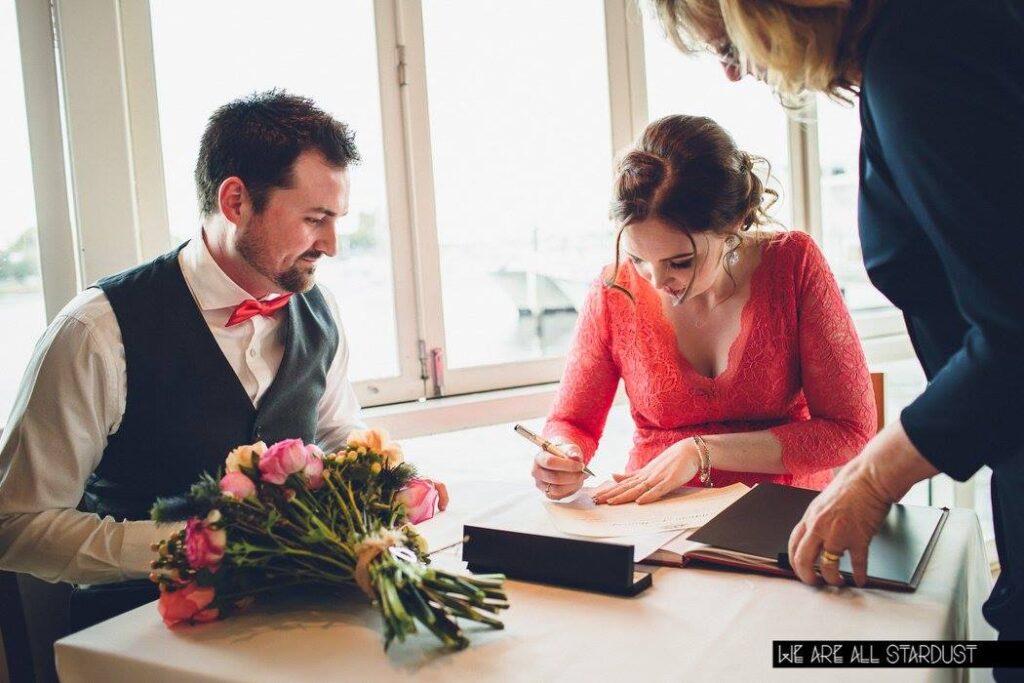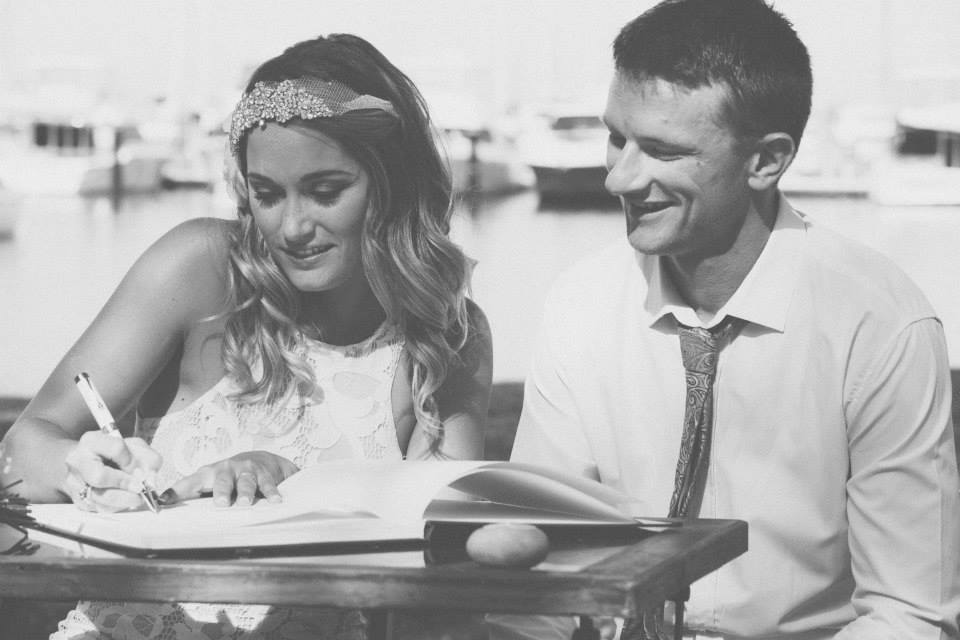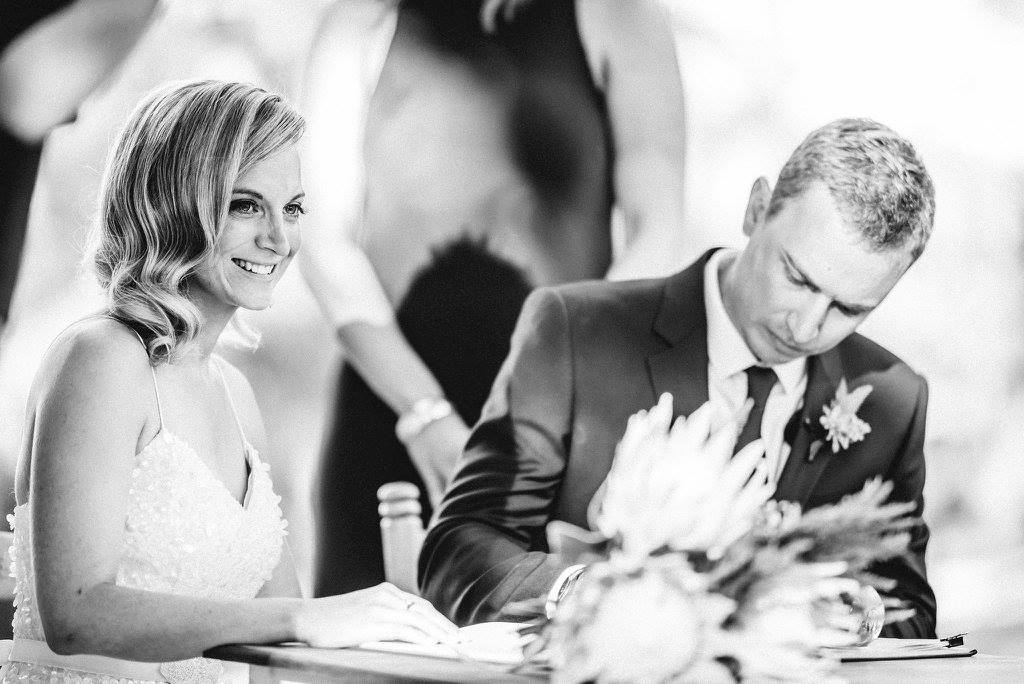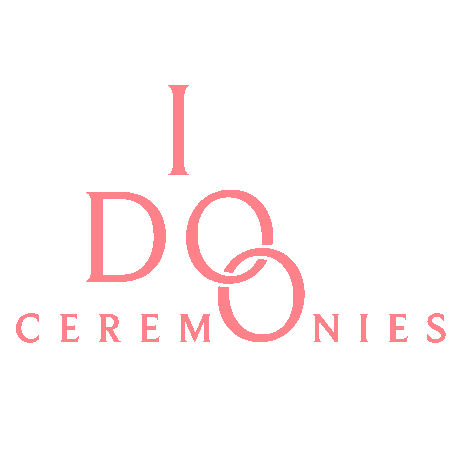Getting married in Australia: what you need to know
All marriage celebrants in Australia are appointed by the Australian Commonwealth Government’s Attorney-General’s Department and are authorised to perform marriage ceremonies anywhere in Australia, in accordance with the Marriage Act, 1961.
Your celebrant, as well as writing and delivering your ceremony, must abide by certain laws and regulations to ensure your marriage is legally valid.
In undertaking their responsibilities, your celebrant must observe the Code of Practice for Marriage Celebrants.
You can access a copy of this code at the following link: https://www.ag.gov.au/families-and-marriage/publications/code-practice-marriage-celebrants
Are you eligible to get married?
Under Australian law you may NOT get married in any of the following circumstances:
- you are under 18 years of age (except with special permission);
- you are already married;
- you and your proposed spouse are close relatives by birth or legal adoption (siblings, parent/child, grandparent/grandchild;
- due to mental impairment, you are not able to give informed consent.
Each partner getting married must freely and knowingly give their aware and informed consent to the marriage.

What do I need to do to get married?
If you are eligible to get married, the first step is to complete a Notice of Intended Marriage form (NOIM). This is an official Australian Government form that must be completed no less than one month prior to your wedding and can be completed up to 18 months in advance. The form must be signed by both parties intending to marry, in front of an authorised witness, as listed on the form. Your celebrant is an authorised witness.

Notice to your celebrant
The completed and signed Notice of Intended Marriage form (NOIM) MUST be with your celebrant at least 30 days before your wedding date and no more than 18 months before your wedding date.
This important form is part of the required documentation for your celebrant to legally register your marriage in accordance with the Western Australian Births, Deaths and Marriages Registration Act 1998.
Proof of identity and marital status
You must provide proof of your identity, date and place of birth to your marriage celebrant before they are able to marry you. Your celebrant will ask to sight your original birth certificate or extract and your Australian driver’s license, or your passport. If you have been married and divorced, or your partner has since died, or your marriage was annulled, you will be required to give evidence of these circumstances to your celebrant, such as a Divorce Order or a Death Certificate. All these documents must be legible in English or they must be officially translated by the National Accreditation Authority for Translators and Interpreters (NAATI). https://www.naati.com.au/


Making a legal declaration
Prior to your wedding ceremony, your celebrant will ask you to sign a legal declaration stating that you believe there are no legal impediments to your marriage. The signing of the declaration can be completed at your wedding rehearsal, or just before your wedding.
This declaration also forms part of the required documentation for your celebrant to legally register your marriage in accordance with the Western Australian Births, Deaths and Marriages Registration Act 1998.
Legally formalising your marriage
The next step in getting married is your celebrant solemnising your marriage. ‘Solemnising’ means legally formalising your marriage. Your celebrant will remind you of the legal significance of the step you are taking and you will need to declare your intention to marry before two adult witnesses (18 years or older). Particular wording must be used by the celebrant.
During the marriage ceremony
You and your witnesses are required to sign a Certificate of Marriage that is retained in the celebrant’s marriage register. You will also sign a Certificate of Marriage that is forwarded by your celebrant to the Registry of Births, Deaths and Marriage (along with the NOIM, and Declaration of No Legal Impediment form) within 14 days of your ceremony, to register your marriage.
During your ceremony, you and your witnesses will also sign an official presentation marriage certificate. This is a keepsake for you and evidence of your marriage.
After you are married
The presentation marriage certificate given to you by your celebrant is not universally accepted as legal proof of your change in marital status / change of name. For an official copy of your marriage certificate you will need to apply to the Western Australian Register of Births, Deaths and Marriages after your marriage has been registered.

Help is here
This may seem an awful lot to take in. However, as your celebrant, I will guide you through all the legal requirements in getting married in Australia so that you can focus on the exciting aspects of planning your wedding ceremony and celebrations.
If I can be of any help or if you have any questions, please get in touch.
I would be delighted to assist !
Happy wedding planning!

